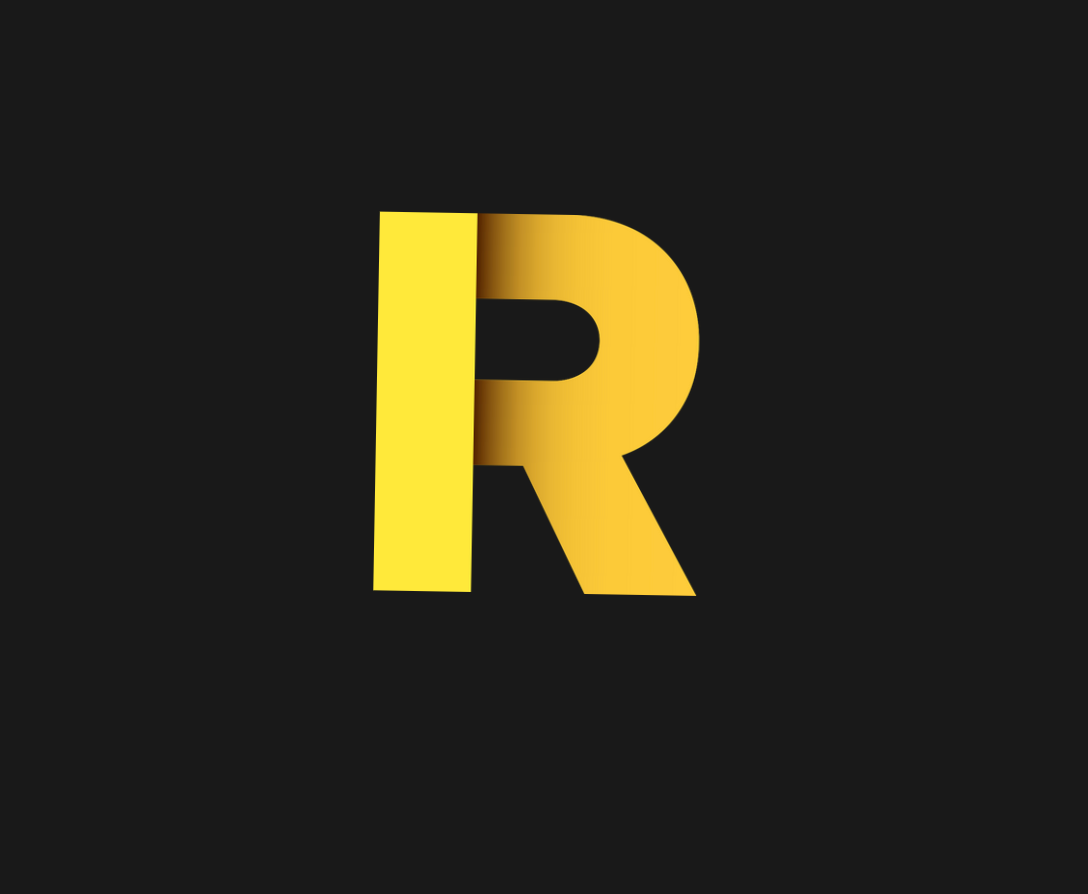How to build great apps with AI?
In the world of technology, we’re at a transformative crossroads. AI isn’t just a buzzword anymore; it’s a powerful tool that’s reshaping how we solve problems and build products. The question is no longer if you should use AI in product development—it’s how.
Building with AI: The Superpower You Need
Let’s face it: building a product has never been easier. With AI tools like GitHub Copilot, Windsurf, and no-code platforms, you can now skip a lot of the grunt work. But here’s the catch—if everyone has access to these tools, how do you stand out?
AI gives us the ability to:
• Gather Insights: AI helps us collect data from multiple sources and extract valuable context. Whether you’re brainstorming features or analyzing user behavior, AI accelerates the process.
• Create Faster: Tools like Copilot generate boilerplate code and basic functionality, giving you a head start on development. Imagine typing a simple prompt and watching your app take shape before your eyes.
• Experiment with Prototypes: Want to test an idea? AI can help you create functional prototypes in hours, not weeks.
But building great products isn’t just about speed. It’s about using AI thoughtfully to solve meaningful problems.
What Makes a Product Truly Great?
To create something that stands out, you need to go beyond the basics. A nice UI and a few cool features won’t cut it anymore. Instead, focus on these three pillars:
1. Solve a Real Problem:
Products that succeed are the ones that address genuine pain points. How do you figure out what those are? By diving deep into research—and AI can help.
Example: Let’s say you want to build a dating app for Comic-Con fans.
• Use AI to scrape forums like Reddit or niche communities to understand the interests and behaviors of Comic-Con enthusiasts.
• Identify their pain points—do they want a platform where they can meet like-minded fans?
• Validate your hypothesis using sentiment analysis or surveys generated with AI.
By leveraging AI to uncover insights, you’re not just guessing—you’re solving a problem that people actually care about.
2. Leverage AI to Simplify the Complex:
AI tools can automate tasks that used to require entire teams. Need user feedback? Deploy an AI chatbot to gather real-time insights. Want to test multiple design ideas? AI can help you create and iterate prototypes in minutes.
Think of AI agents as your virtual coworkers. They don’t need coffee breaks, and they don’t clock out at 5 PM.
3. Make It Unique:
Sure, AI can generate code, designs, and even marketing copy—but so can everyone else. The human touch is what makes your product stand out. Refine AI-generated outputs, add creativity, and ensure your product doesn’t just look like everything else.
Why Creativity Is Still Your Biggest Weapon
AI levels the playing field for product development. But that also means the competition is fiercer than ever. To succeed, you need creativity.
Take a step back and ask:
• How can I solve this problem in a way no one else has thought of?
• What unique features will make my product unforgettable?
• How can I use AI not just to build faster but to build better?
The best product managers and engineers are the ones who combine AI’s efficiency with their own creative instincts.
The Role of AI in Achieving Product-Market Fit
One of the hardest parts of building a product is finding product-market fit. This is where AI can be a game-changer:
• Understand Your Audience: Use AI to analyze user data and identify trends.
• Refine Your Messaging: AI can help you craft personalized marketing strategies that speak directly to your audience.
• Iterate Quickly: With AI agents handling tasks like testing and feedback collection, you can make rapid adjustments to your product.
However, the human element remains crucial. It’s the mix of AI-powered efficiency and human creativity that will help you find and lock in your market.
The AI Revolution in Product Development
We’re living in a time where building apps is faster, cheaper, and more accessible than ever. With AI, you don’t need a massive team to create something amazing. But to build a product that truly stands out, you need to embrace the opportunities AI offers while pushing the boundaries of what’s possible.
So, here’s the takeaway:
• Use AI to accelerate and enhance your work.
• Solve meaningful problems.
• Infuse every part of your product with creativity and thoughtfulness.
If you can do that, you won’t just build a product—you’ll build a great product.
